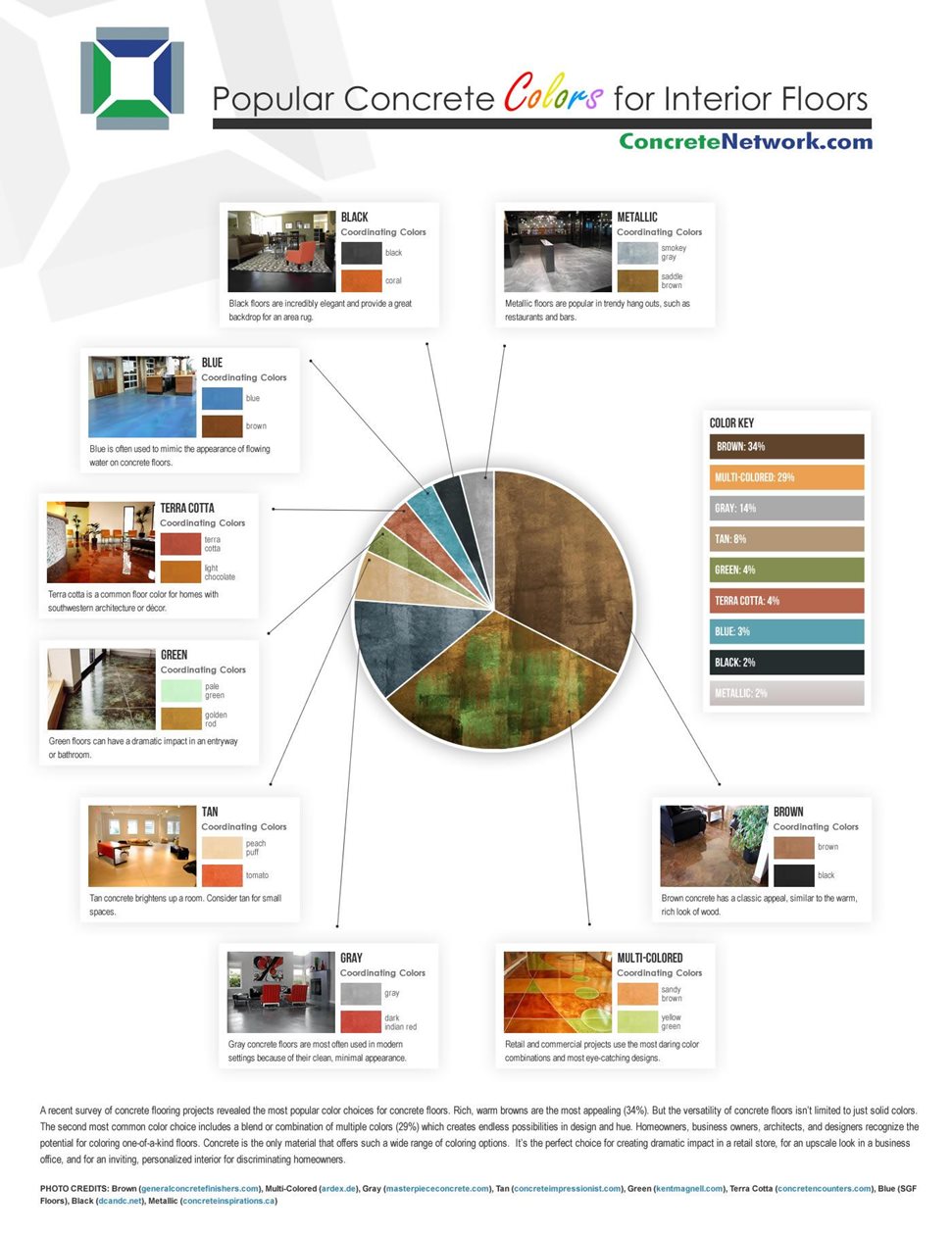How To Allocate Your Floor Covering Task: A Practical Overview
How To Allocate Your Floor Covering Task: A Practical Overview
Blog Article
Web Content Author-Mcgowan Carlson
When you're planning a flooring task, budgeting isn't practically selecting a number; it's about recognizing what you genuinely need and the costs involved. You'll wish to examine your certain requirements, research various materials, and expect unanticipated costs. Think about how variables like space purpose and setup approaches can affect your spending plan. Yet before you enter, there are some essential details you might overlook that could considerably affect your total costs. Let's check out exactly how to navigate these complexities and guarantee your task remains on track.
Assessing Your Flooring Needs
Before diving into your flooring project, it's important to evaluate your flooring requires. Begin by thinking about the certain areas where you prepare to set up new floor covering. Consider the purpose of each room. As an example, bathroom and kitchens require waterproof products, while living areas could benefit from convenience and looks.
Next off, assess the existing conditions of your floorings. Are there any kind of architectural problems, such as irregular surfaces or wetness troubles? Addressing these problems early on can conserve you money and time down the line.
Also, make note of the dimensions of each space to establish how much flooring you'll need.
Don't forget to consider your lifestyle. If you have pet dogs or young children, toughness might be your leading priority, while an extra formal space may ask for a glamorous coating. Additionally, think of your layout choices. Do you like a classic appearance, or are you attracted to contemporary styles?
Finally, be reasonable regarding how much upkeep you're willing to devote to. Some materials call for even more maintenance than others. By comprehending your requirements clearly, you'll be better equipped to make enlightened selections as you progress with your flooring job.
Estimating Costs and Materials
Estimating expenses and materials is a critical action in your floor covering task that can significantly affect your overall budget plan. Begin by determining your room accurately to determine how much floor covering you'll need. For most products, you'll find pricing by square foot, so gather quotes from various distributors to get a realistic figure.
Next, think about the type of floor covering you want. Choices like wood, laminate, tile, or rug all included various rate factors. Research study the costs for every and consider any additional materials like underlayment, adhesive, or transition strips.
Do not forget to include devices if you're planning a DIY installment, as leasing or acquiring equipment can contribute to your expenditures.
Labor prices are one more essential factor to consider. If you're hiring specialists, get estimates from several professionals to ensure you're getting a fair price. Be https://remodeling-a-house-with-l45544.bleepblogs.com/33127905/change-your-room-why-hiring-a-professional-flooring-contractor-matters concerning the range of job to stay clear of unforeseen fees later on.
Finally, it's important to set aside a tiny percent of your allocate any unforeseen costs associated with materials. By completely approximating your expenses and materials in advance, you'll establish yourself up for a smoother and a lot more workable floor covering project.
Planning for Hidden Costs
Numerous homeowners ignore the concealed expenses that can emerge throughout a flooring task, which can cause budget plan overruns. To avoid https://www.popularmechanics.com/home/g38901109/best-home-gym-flooring/ , you need to prepare for possible added prices.
First, think about the problem of your existing subfloor. If it's harmed or irregular, you'll likely need fixings or leveling, which can add substantially to your general cost.
Next, think about removal and disposal charges for your old floor covering. Numerous service providers bill extra for this service, so factor that into your budget.
In addition, don't forget about the costs of underlayment, which might not be consisted of in the first quote but are crucial for a successful installment.
You must also prepare for unforeseen complications, such as pipes or electrical job if your flooring job involves moving fixtures. It's smart to set aside at least 10-15% of your total budget for these unforeseen expenses.
Last but not least, remember that authorizations might be needed for certain installments. Constantly examine regional regulations to avoid penalties or hold-ups.
view site…
To conclude, budgeting for your flooring project is essential for an effective result. By analyzing your needs, estimating costs, and planning for hidden expenses, you'll avoid surprises and remain on track. Keep in mind to set aside a portion of your budget for unexpected expenses and keep a thorough breakdown of your expenditures. With careful planning and factor to consider, you'll create a beautiful area that fulfills your requirements without breaking the bank. Happy flooring!
